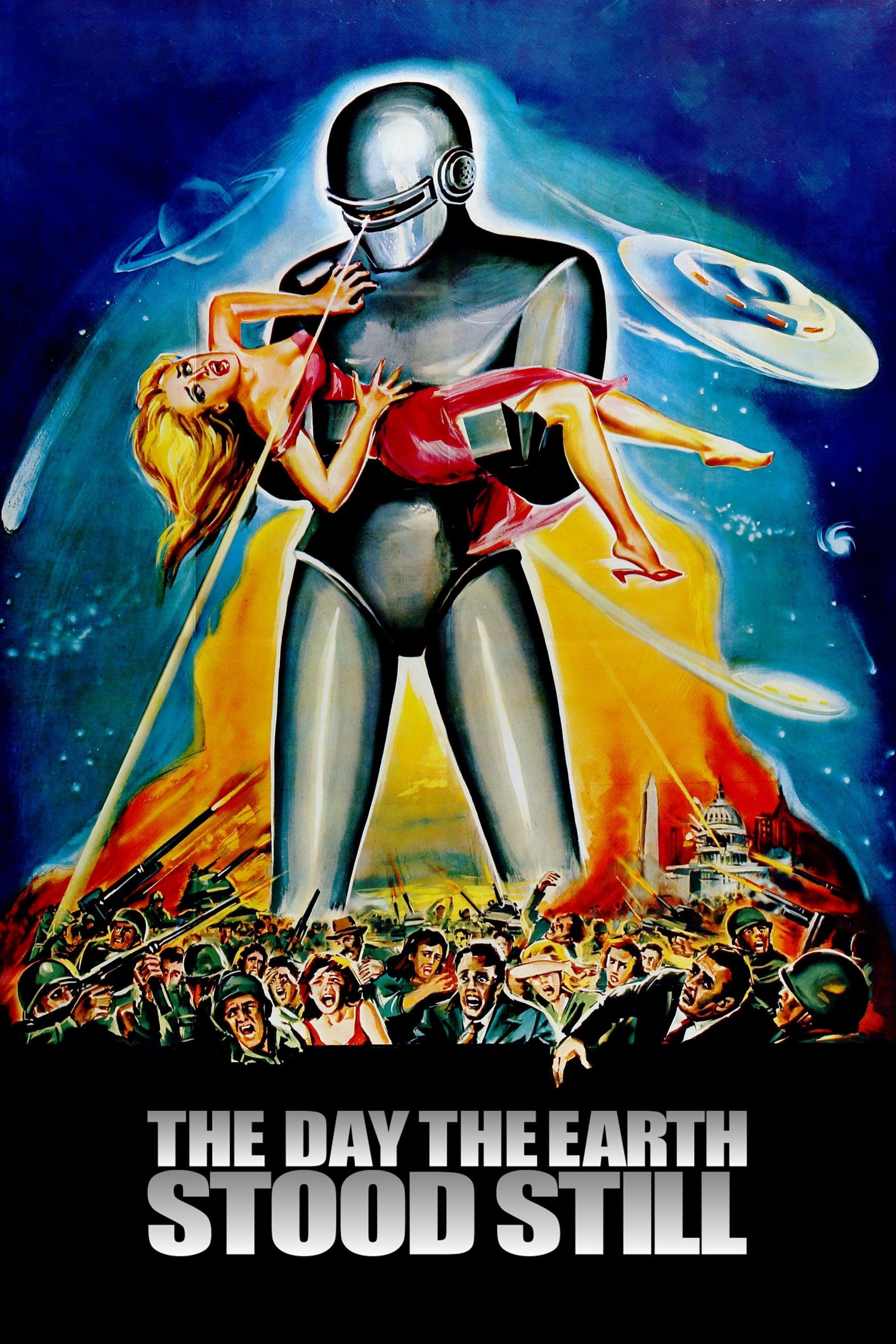
The Day the Earth Stood Still
1951
Rate this movie
Average: 0.00 / 5
(0 votes)
Director
Wise proved to himself and the Hollywood establishment that he could direct any genre of film, a multifaceted talent that would lead him to effortlessly navigate from the darkest noir, like the disturbing Born to Kill, to the socially critical drama of I Want to Live!, all the way to the spectacular triumph of the musicals West Side Story and The Sound of Music. It is within this eclectic progression that, almost like a bold experiment, the decision to plunge into the cauldron of science fiction fits in, a genre that at the time was often relegated to B-movie productions, building a film around Harry Bates' novel "Farewell to the Master." This choice was not a mere whim, but the demonstration of a vision that intuited the potential of the fantastic as a vehicle for profound messages and potent allegories.
The work focuses on the figure of an alien, Klaatu, who descends to Earth to deliver an important message to humanity. But, and this is where the film elevates its discourse from a simple warning to an existential parable, the human race is not in danger from the imminent arrival of another alien civilization; rather, its very propensity for violence and self-destruction, evinced by the post-war nuclear arms race, threatens to destabilize the cosmic balance. Klaatu, with a wisdom that transcends human limitations, is the emissary of a galactic federation that intends to maintain peace in the universe, and humanity, with its war technology that could soon extend beyond terrestrial borders, is perceived as a potential threat to the entire galaxy. His warning is clear: conform to peace or face annihilation at the hands of peacemaking entities like the colossus Gort.
But the alien's communication difficulties are insurmountable; humans are too obtuse and distrustful, prisoners of an intrinsic paranoia that chillingly reflects the McCarthyist hysteria and the Cold War gripping the world in 1951. The response to his arrival is not welcome or understanding, but rather fear, militarization, prejudice that transforms the unknown into an enemy. His figure, an alien with an impeccably human appearance, with his aura of compassion and his ultimate sacrifice, takes on an almost messianic value, a cosmic Christ who arrives to redeem a recalcitrant humanity. Klaatu will then attempt a new, revolutionary dialectical approach, immersing himself in earthly daily life to understand and, perhaps, influence from within, trying to shake the conscience of individuals rather than the obtuse masses. It is in these moments of more intimate interaction, such as with the resolute Helen Benson, portrayed with restrained dignity by Patricia Neal, and young Bobby, that hope emerges, a small beacon of rationality in an ocean of irrationality.
A work that marked a fundamental chapter in how science fiction was approached in cinema, clearly distinguishing itself from the proliferation of sensationalistic B-movies of the period. Where many focused on crude monsters and alien invasions, The Day the Earth Stood Still dared to propose unparalleled narrative intelligence and thematic depth. The scenic inventions, not spectacular in the baroque sense of the term, but of iconic minimalism – the perfectly smooth and silvery flying saucer, the imposing and impassive Gort, with its single, lethal ray that mercilessly incinerates – became archetypes. The narrative devices, which avoid easy sensationalism to build a more psychological and moral tension, the pseudo-scientific language that lends an aura of plausibility to the fantastic, the technological emphasis not as a mere gadget but as an ambivalent instrument of progress and destruction: all this forever changed the modus operandi of the Seventh Art towards the fantastic, elevating it from mere entertainment to a vehicle for philosophical reflection. It laid the groundwork for subsequent works like 2001: A Space Odyssey, which would further explore science fiction as a mirror of the human soul and its relationship with the unknown.
Edmund H. North's intelligent screenplay, which reinterpreted Bates' original story by imbuing it with the atomic anxiety and paranoia of its time, and Wise's clean direction are serious without being solemn. Wise avoids any rhetorical grandiosity, preferring a restrained, almost documentary-like staging that amplifies the sense of realism and urgency. His direction focuses on the rising tension, on the psychological impact of the event, on the human reaction to the unknowable. There is no unnecessary emphasis on visual prowess for its own sake; on the contrary, every shot serves to reinforce the message, to highlight the gap between Klaatu's peaceful intention and the violent earthly response.
While the film's strength is perhaps represented by Bernard Herrmann's music, a musical score that indelibly reinforces the atmosphere of strangeness and potential threat. Herrmann, a genius of film composition, elevates the soundtrack to a true character. It is here that the composer experiments in a revolutionary way, using the theremin, one of the first electronic instruments, to create ethereal, shrill, and unsettling sounds that perfectly evoke alien otherness and an atmosphere of suspense. This pioneering use of the theremin, combined with trombones and prepared pianos to produce dissonant and percussive timbres, radically departed from the lavish orchestrations of the era, forging a soundscape that became the prototype for countless future science fiction scores. It is not a mere accompaniment, but an organic sonic fabric that seeps into the viewer's psyche, amplifying the sense of imminent danger, cosmic mystery, and inevitable judgment. Herrmann's genius does not merely reinforce the atmosphere: he creates it, defines it, making the theremin's timbre synonymous with the unknown and the transcendent.
Ultimately, The Day the Earth Stood Still is not just a science fiction film; it is a moral apologue, a timeless warning about the importance of understanding, peace, and the human capacity to rise above its most ancestral fears. Its resonance extends far beyond the context of the Cold War, offering a keen reflection on xenophobia, the arms race, and the need for constructive dialogue in the face of global challenges, making it a work of startling relevance even decades after its premiere.
Genres
Country
Gallery
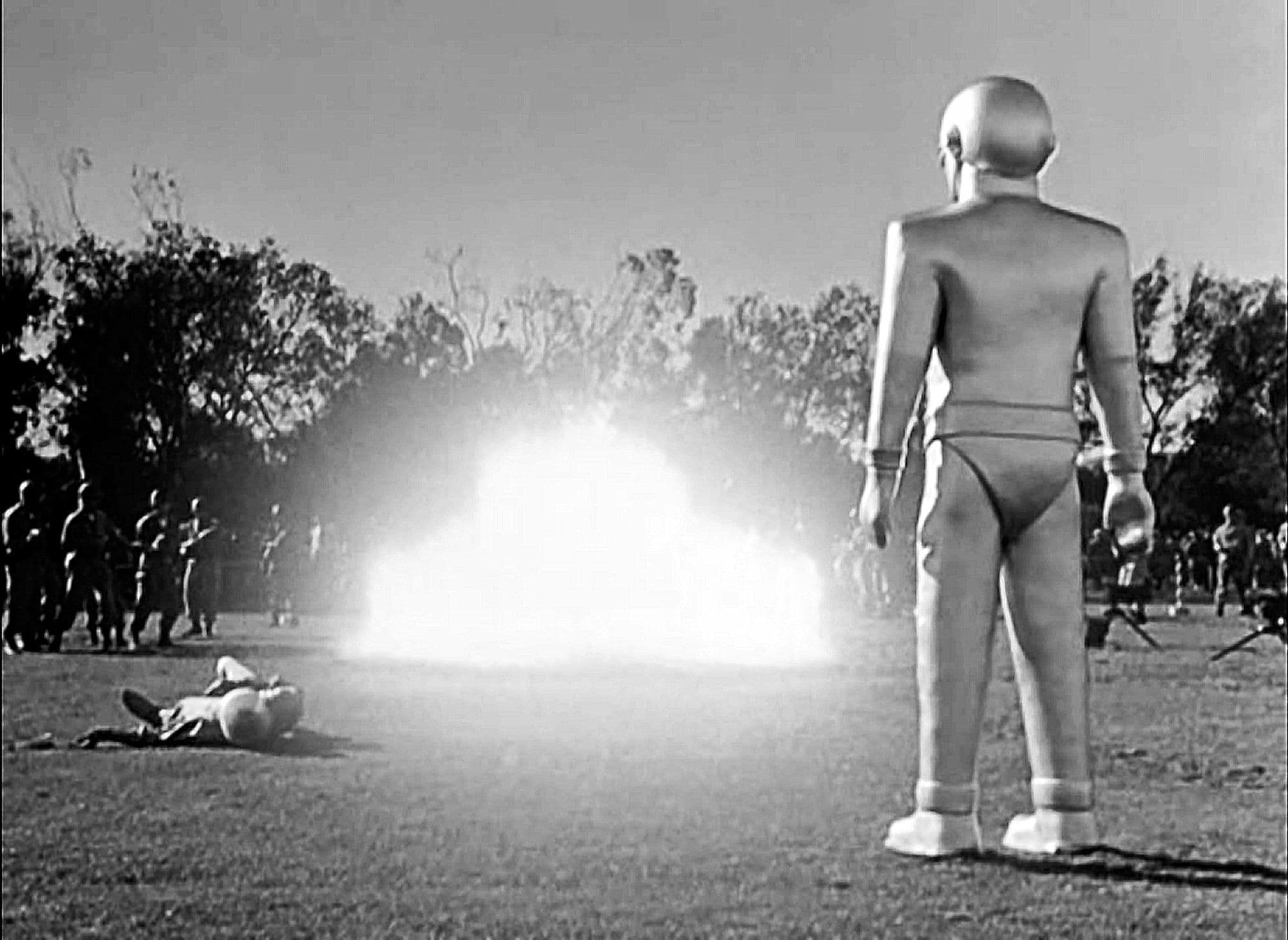
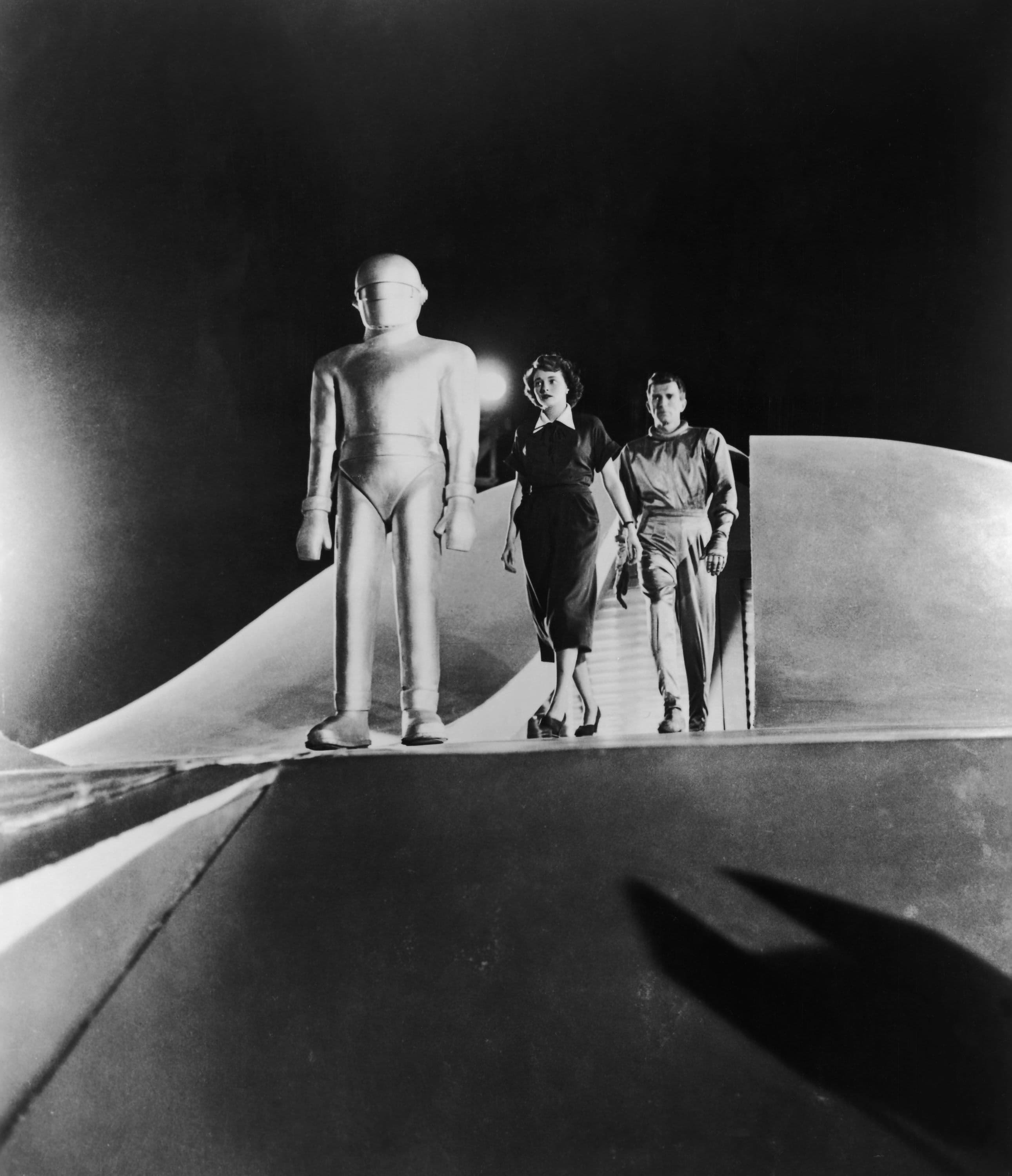
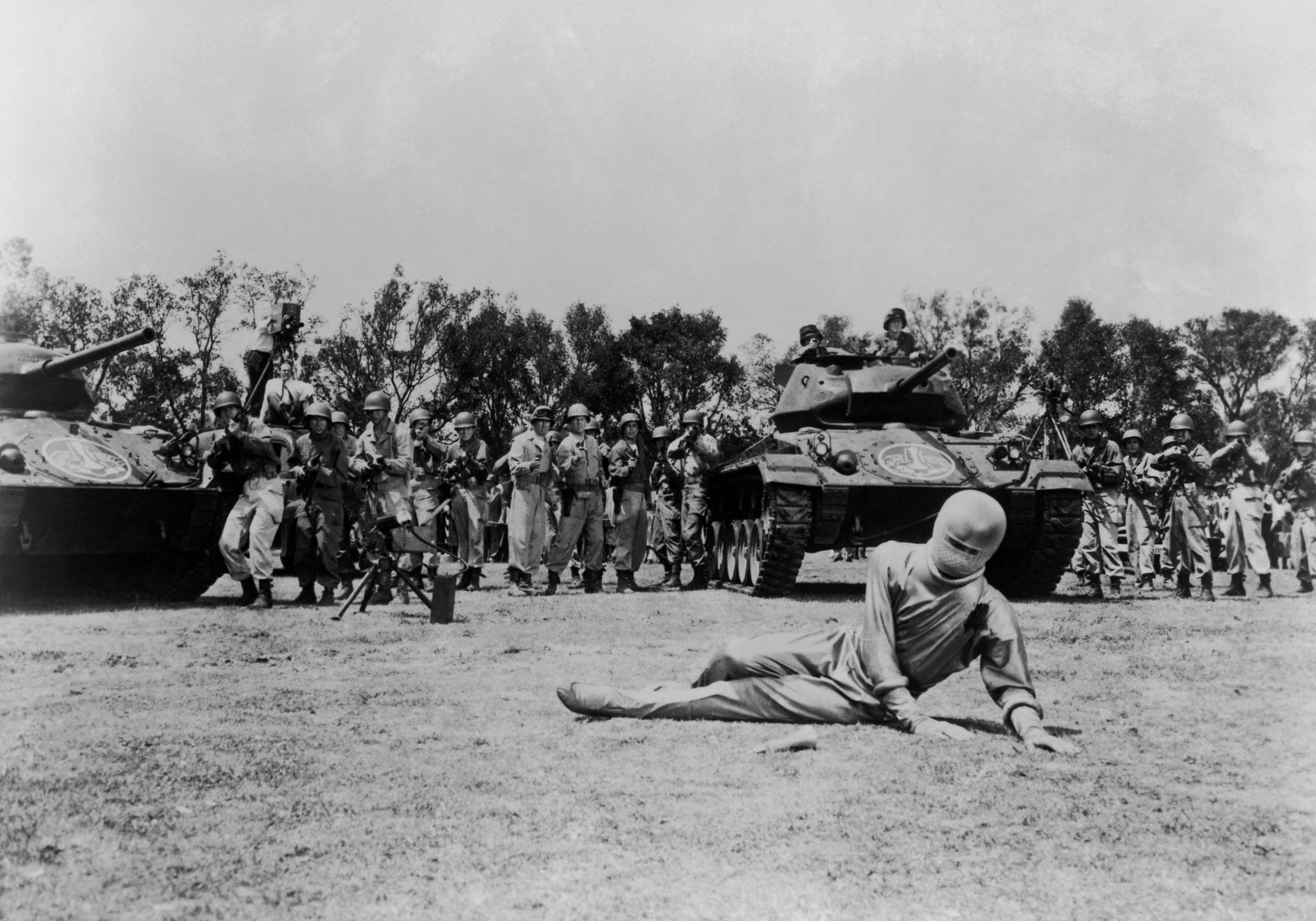

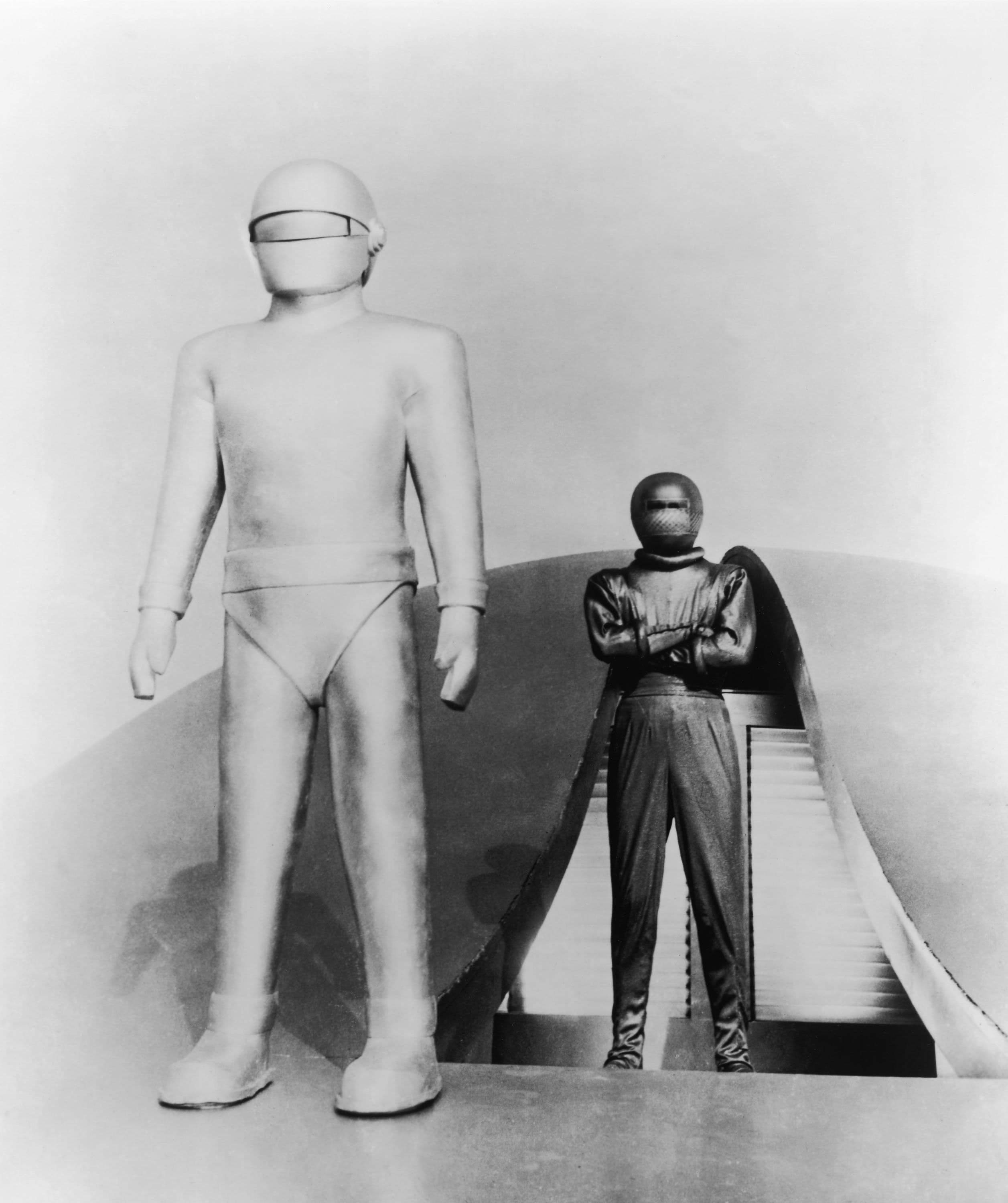
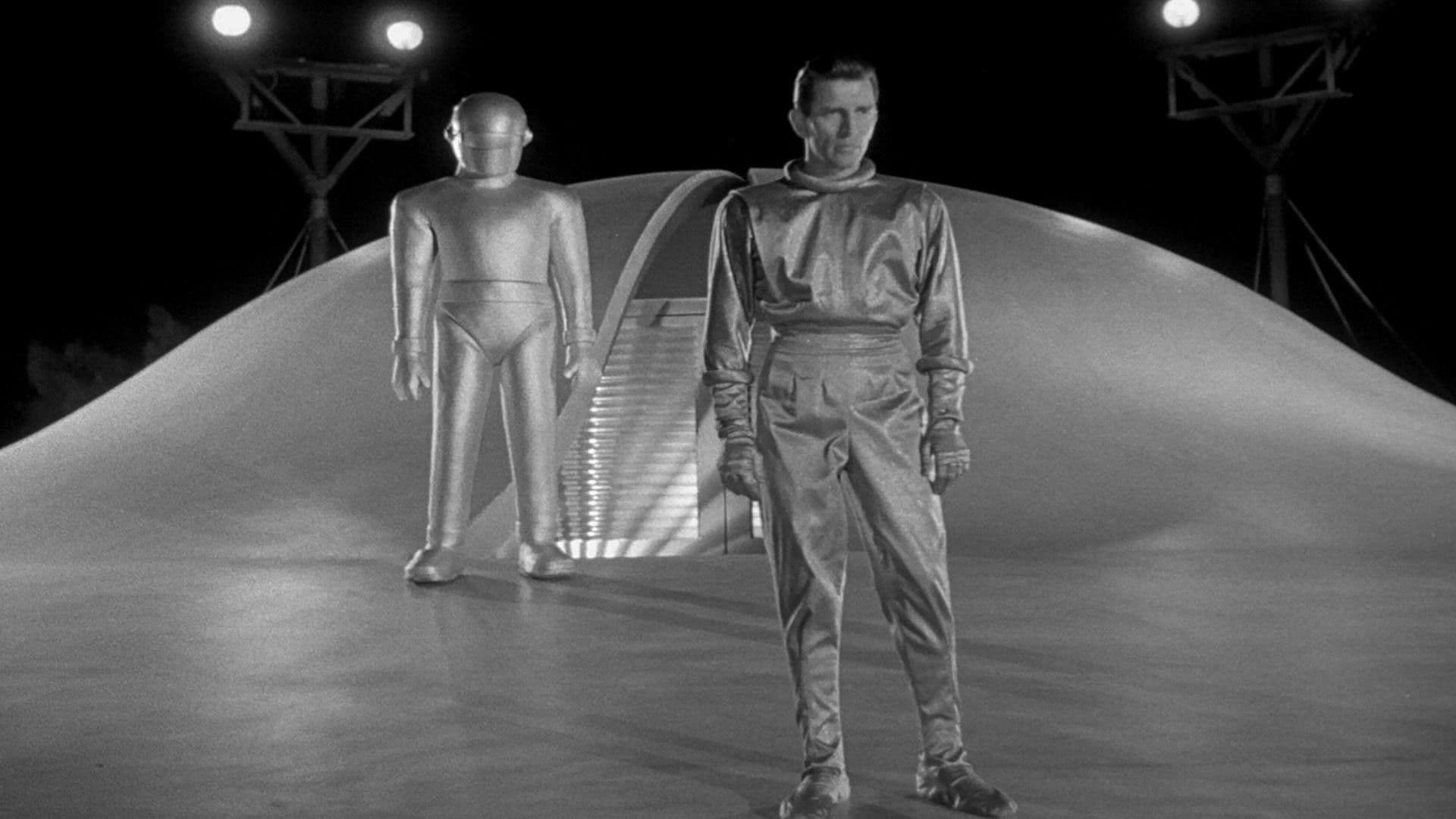
Comments
Loading comments...